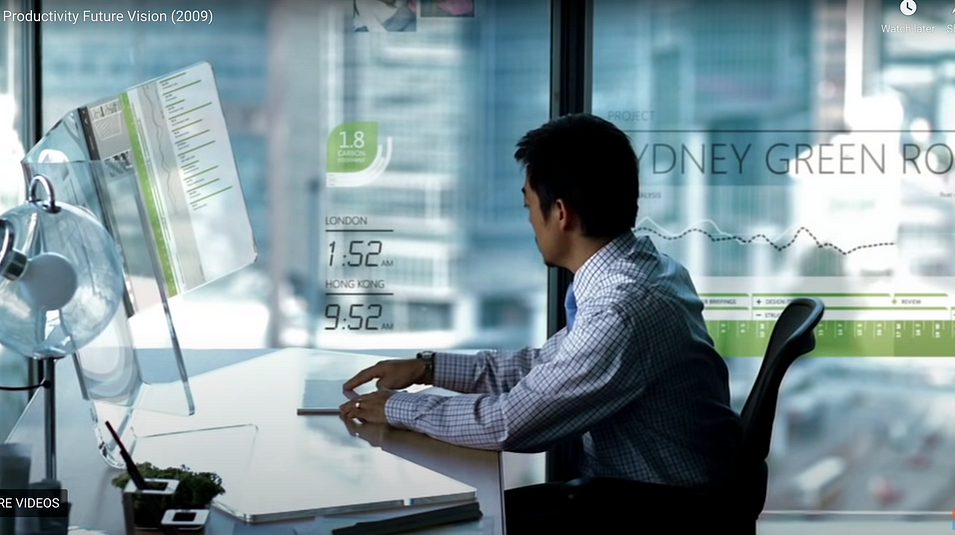Virtual and Mixed Reality (VMR)
I like this term better. I always mention VR but I try to say Virtual Reality Technology so I can be inclusive of Augmented Reality as a well, but I find "Mixed Reality" more inclusive as non-VR users can understand from the word alone.
